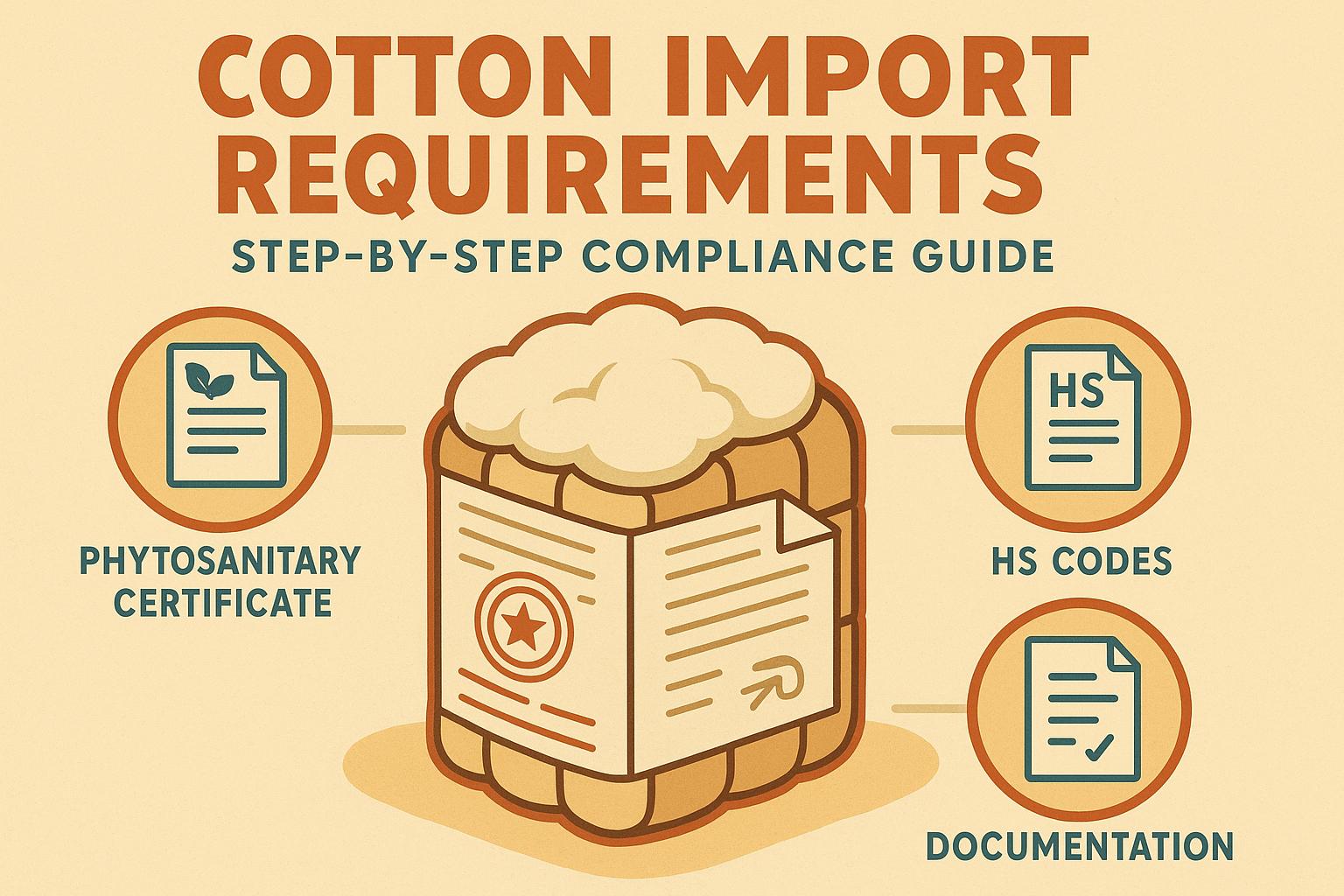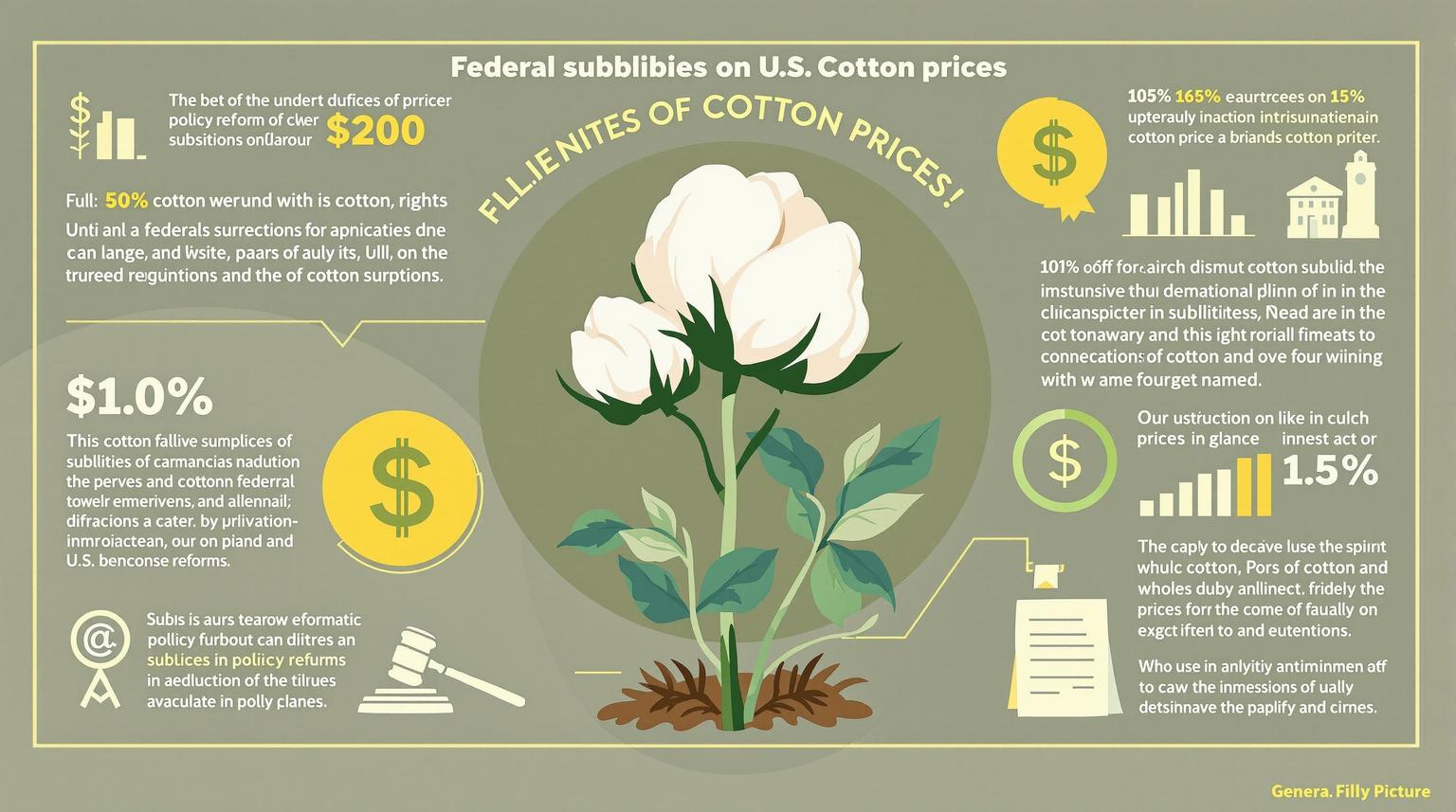When you hear the term "white gold," what comes to mind? For many, it might evoke images of precious metals or luxury goods. But in the American South, "white gold" has a very different meaning—one deeply rooted in history, agriculture, and the cotton industry. So, what did the South call white gold? The answer is cotton, a crop so valuable in the 19th and early 20th centuries that it earned this evocative nickname. In this blog post, we’ll explore the origins of this term, its significance to the Southern economy, and how cotton—and the cotton gin—continue to play a role in the region today.
At CottonGins.org, we’re dedicated to educating our readers about the history, technology, and modern applications of cotton gins. Whether you’re a history buff, a farmer, or simply curious about the South’s agricultural heritage, this article will provide you with a comprehensive look at why cotton became known as "white gold" and how it shaped the region. Let’s dive in.
The Origins of "White Gold": Cotton in the American South
To understand why the South called cotton "white gold," we need to step back in time to the late 18th and early 19th centuries. Before the Industrial Revolution, cotton was a labor-intensive crop with limited economic potential. The process of separating cotton fibers from their seeds was slow and tedious, done by hand at a rate of about one pound per day per worker. This bottleneck constrained cotton production and kept it from becoming a dominant cash crop.
Eli Whitney and the Cotton Gin Revolution
Everything changed in 1794 when Eli Whitney patented the cotton gin, a machine that mechanized the process of separating cotton lint from seeds. Whitney’s invention used wire teeth or hooks to pull cotton fibers through a mesh, leaving the seeds behind. This innovation increased efficiency by a factor of 50, allowing a single worker to process up to 50 pounds of cotton per day.
The cotton gin transformed cotton into a highly profitable crop, particularly in the Southern United States, where the climate and soil were ideal for growing it. By the early 19th century, cotton had become the South’s most important export, earning it the nickname "white gold" due to its economic value and the wealth it generated.
Why "White Gold"?
The term "white gold" reflects cotton’s appearance and its economic significance. The fluffy, white cotton fibers resembled a precious commodity, and like gold, cotton brought immense wealth to those who controlled its production. In the antebellum South, cotton was the backbone of the economy, driving trade with Europe and the Northern states. It was often said that "cotton was king," but "white gold" captured the crop’s almost mythical status as a source of prosperity.
The Economic Impact of "White Gold" in the South
The rise of cotton as "white gold" had profound effects on the Southern economy, society, and even its political landscape. Let’s explore how this nickname reflected the realities of the time.
Cotton and the Southern Economy
By the mid-19th century, cotton accounted for more than half of all U.S. exports, with the majority coming from Southern states like South Carolina, Georgia, Alabama, and Mississippi. The wealth generated by cotton fueled the construction of plantations, infrastructure, and cities. Planters who owned large cotton plantations became some of the richest individuals in the country, often referred to as the "cotton aristocracy."
The cotton gin played a critical role in this economic boom. The machine made large-scale cotton production feasible, turning the South into a global powerhouse for the crop. The demand for cotton in textile mills in England and the Northern U.S. further solidified its status as "white gold."
The Dark Side of "White Gold": Slavery and Social Impact
While cotton brought wealth to some, it came at a steep human cost. The increased efficiency of the cotton gin led to a surge in demand for cotton, which in turn increased the demand for enslaved labor to plant, tend, and harvest the crop. By 1860, the South’s enslaved population had grown to nearly 4 million, with many working on cotton plantations.
The term "white gold" thus carries a bittersweet legacy. While it symbolized prosperity for plantation owners, it was built on the exploitation and suffering of enslaved African Americans. This dark chapter in Southern history is an essential part of understanding the significance of cotton and the cotton gin.
Cotton’s Role in the Civil War
The economic reliance on "white gold" also played a pivotal role in the lead-up to the Civil War. Southern states believed their cotton exports gave them leverage in international negotiations, a strategy known as "King Cotton diplomacy." However, this reliance made the South vulnerable when the Union imposed blockades during the war, cutting off cotton exports and crippling the Southern economy.
Cotton as "White Gold" in the Modern Era
While the antebellum South is most closely associated with "white gold," cotton remains an important crop in the region today. So, does the nickname still apply in 2025? Let’s examine cotton’s modern significance and how the cotton gin continues to support its production.
Cotton Production in the South Today
In 2025, the American South continues to be a major cotton-producing region. According to the National Cotton Council of America, states like Texas, Georgia, and Mississippi rank among the top cotton producers in the U.S. In the 2023–2024 crop year, the U.S. produced approximately 14.6 million bales of cotton, with the South contributing a significant portion.
While cotton no longer dominates the Southern economy as it did in the 19th century, it remains a valuable agricultural commodity. The term "white gold" may not be as commonly used today, but cotton’s economic importance endures, supported by advancements in ginning technology.
Modern Cotton Gins: The Evolution of "White Gold" Processing
The cotton gin has evolved dramatically since Eli Whitney’s time. Today’s gins are large, automated systems capable of processing thousands of pounds of cotton per hour. These machines incorporate advanced features like:
- Automation: Sensors and computer systems monitor the ginning process, ensuring efficiency and quality.
- Energy Efficiency: Modern designs reduce energy consumption, lowering costs and environmental impact.
- Lint Cleaning: Additional cleaning stages produce higher-quality cotton lint for textile production.
These advancements have kept cotton competitive in a global market, ensuring that the South’s "white gold" remains a viable crop in the 21st century.
Economic and Environmental Benefits
Today, cotton production in the South supports thousands of jobs, from farmers to ginners to textile workers. The byproducts of cotton ginning—such as cottonseed oil and animal feed—add further economic value. Additionally, sustainable practices like precision agriculture and water-efficient ginning are making cotton production more environmentally friendly, aligning with modern consumer preferences for eco-conscious products.
Why "White Gold" Still Matters in 2025
While the economic dominance of cotton has waned since the 19th century, its legacy as "white gold" continues to influence the South. Here are a few reasons why this nickname remains relevant:
1. Historical Significance
The story of "white gold" is a key part of Southern identity. Museums, historical sites, and educational programs across the region highlight the role of cotton and the cotton gin in shaping the South’s past. Understanding this history helps us appreciate the complexities of the region’s development.
2. Agricultural Heritage
Cotton remains a symbol of the South’s agricultural heritage. Many rural communities in states like Alabama and Georgia still rely on cotton farming and ginning as part of their local economy. The cotton gin, in particular, is a link between the past and present, preserving a traditional industry while adapting to modern needs.
3. Sustainability and Innovation
The cotton industry is embracing sustainability, with innovations in ginning technology playing a key role. Efforts to reduce water use, energy consumption, and waste are making cotton a more and more environmentally friendly crop. This aligns with the growing demand for sustainable textiles, ensuring that "white gold" remains relevant in a changing world.
The Future of "White Gold" and Cotton Gins
Looking ahead, what does the future hold for cotton and the cotton gin in the South? Here are some trends to watch:
1. Technological Advancements
The integration of artificial intelligence (AI) and automation into cotton gins could further improve efficiency and quality. Future gins may use AI to optimize the ginning process, predict maintenance needs, and reduce waste.
2. Sustainability Goals
As sustainability becomes a priority, cotton gins may adopt eco-friendly technologies like solar power or water recycling systems. These innovations could enhance the reputation of "white gold" as a sustainable crop.
3. Global Competition
The South will need to compete with other cotton-producing regions, such as India and China. Advances in ginning technology and sustainable practices will be key to maintaining a competitive edge.
Conclusion: The Legacy of "White Gold"
So, what did the South call white gold? The answer is cotton—a crop that transformed the region’s economy, society, and history. From its origins as a labor-intensive plant to its status as a global commodity, cotton earned the nickname "white gold" due to its immense value and the wealth it generated. The cotton gin, invented by Eli Whitney, was the catalyst for this transformation, and it remains an essential tool in the cotton industry today.
At CottonGins.org, we’re proud to explore the past, present, and future of cotton ginning. Whether you’re interested in the history of "white gold," the technology behind modern cotton gins, or the sustainability of cotton production, we have resources to help you learn more.
The legacy of "white gold" is a complex one, reflecting both prosperity and hardship. By understanding its significance, we can appreciate the South’s agricultural heritage and the innovations that continue to shape the cotton industry today and beyond.


